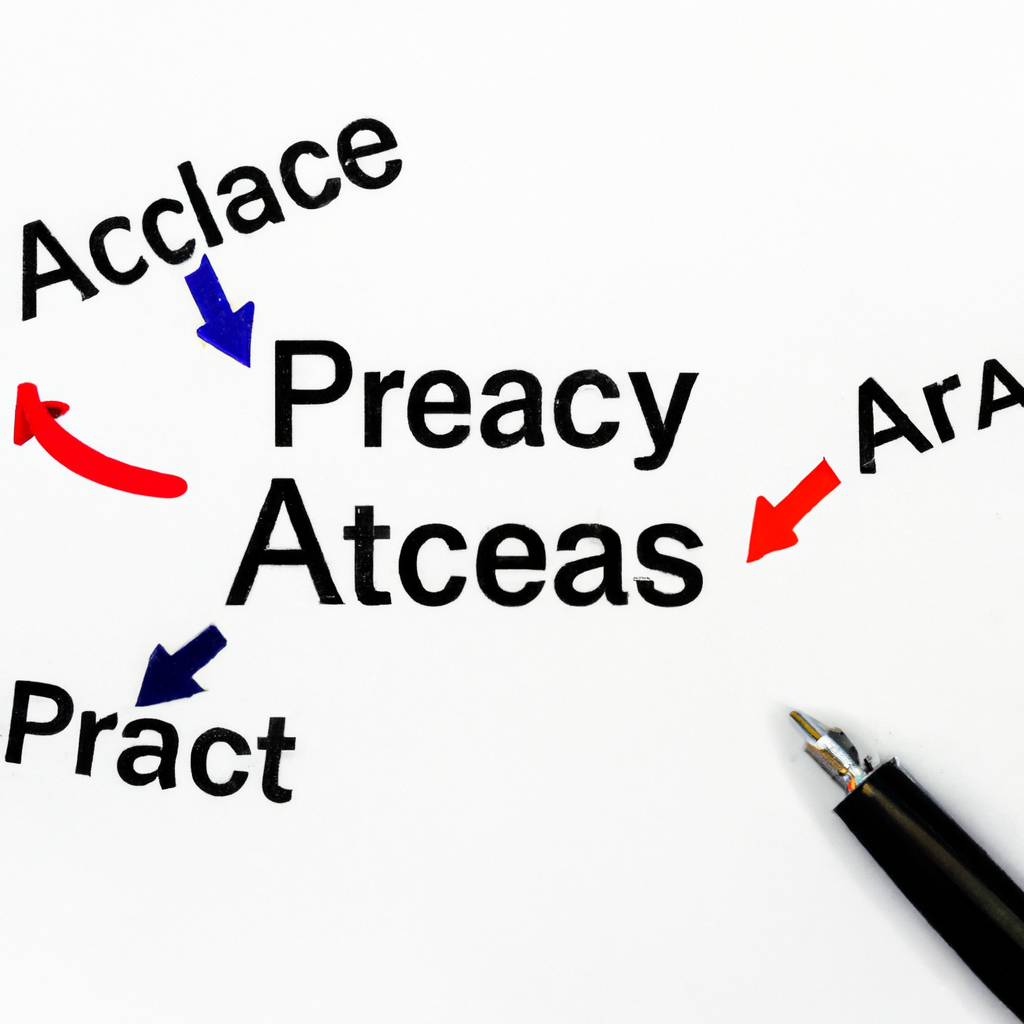Price Action Analysis Methods: A Comprehensive Guide
Introduction
Price action analysis is a popular approach used by traders to make informed decisions in the financial markets. By studying historical price movements and patterns, traders can gain valuable insights into market trends and potential future price movements. In this article, we will explore various price action analysis methods that traders can employ to enhance their trading strategies.
1. Candlestick Patterns
Candlestick patterns are one of the most widely used price action analysis methods. These patterns provide visual representations of price movements and can indicate potential trend reversals or continuations. Some commonly observed candlestick patterns include doji, hammer, engulfing, and shooting star. By recognizing these patterns, traders can make more accurate predictions about future price movements.
2. Support and Resistance Levels
Support and resistance levels are significant price levels that act as barriers to price movement. Support levels are areas where buying pressure is strong enough to prevent prices from falling further, while resistance levels are areas where selling pressure prevents prices from rising higher. Traders can identify these levels by analyzing historical price data and observing where prices have previously reversed. Utilizing support and resistance levels can help traders determine entry and exit points, as well as potential profit targets.
3. Trendlines
Trendlines are diagonal lines drawn on a price chart to connect consecutive higher lows or lower highs. They provide valuable insights into the direction and strength of a trend. An upward trendline indicates a bullish trend, while a downward trendline suggests a bearish trend. Traders can use trendlines to identify potential trend reversals or to confirm the continuation of an existing trend.
4. Moving Averages
Moving averages are widely used price action analysis tools that help traders smooth out price fluctuations and identify trends. By calculating the average closing price over a specific period, moving averages provide a clearer picture of the overall trend. Traders often use the crossover of different moving averages, such as the 50-day and 200-day moving averages, to generate buy or sell signals.
5. Price Patterns
Price patterns are repetitive formations that occur on price charts and can provide insights into potential future price movements. Some common price patterns include triangles, head and shoulders, and double tops or bottoms. Traders can use these patterns to predict trend reversals or continuations, and adjust their trading strategies accordingly.
6. Volume Analysis
Volume analysis involves studying the trading volume associated with price movements. Increased volume often indicates strong market participation and can confirm the validity of a price movement. Conversely, low volume may suggest a lack of interest or weak market conviction. Traders can use volume analysis to validate their price action analysis and make more informed trading decisions.
Conclusion
Price action analysis methods provide traders with valuable tools to analyze historical price movements and predict potential future price movements. By incorporating techniques such as candlestick patterns, support and resistance levels, trendlines, moving averages, price patterns, and volume analysis, traders can enhance their trading strategies and improve their chances of success in the financial markets. Remember that price action analysis is not a guaranteed method for predicting future price movements, but when combined with other technical and fundamental analysis tools, it can significantly improve trading outcomes.
